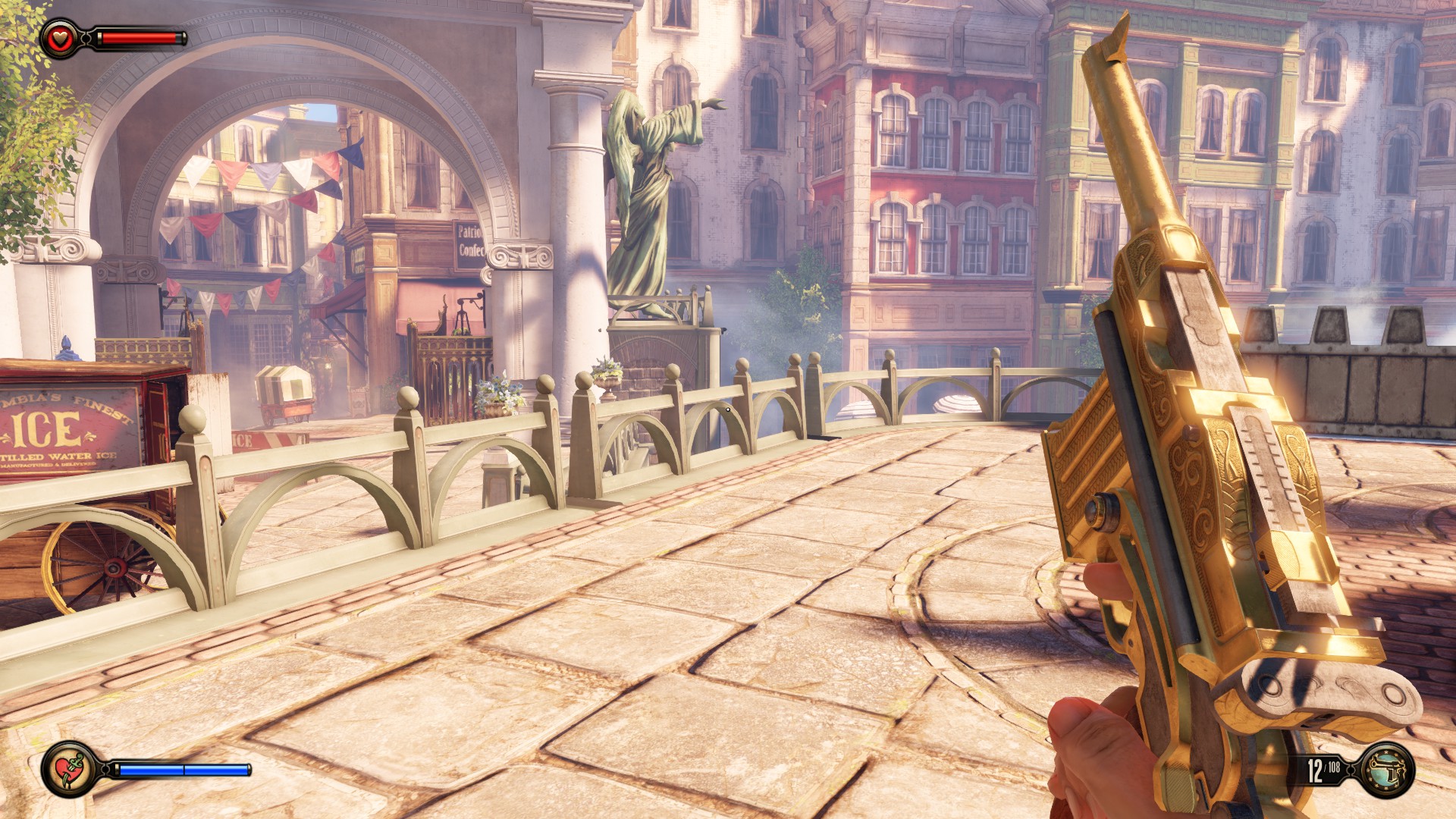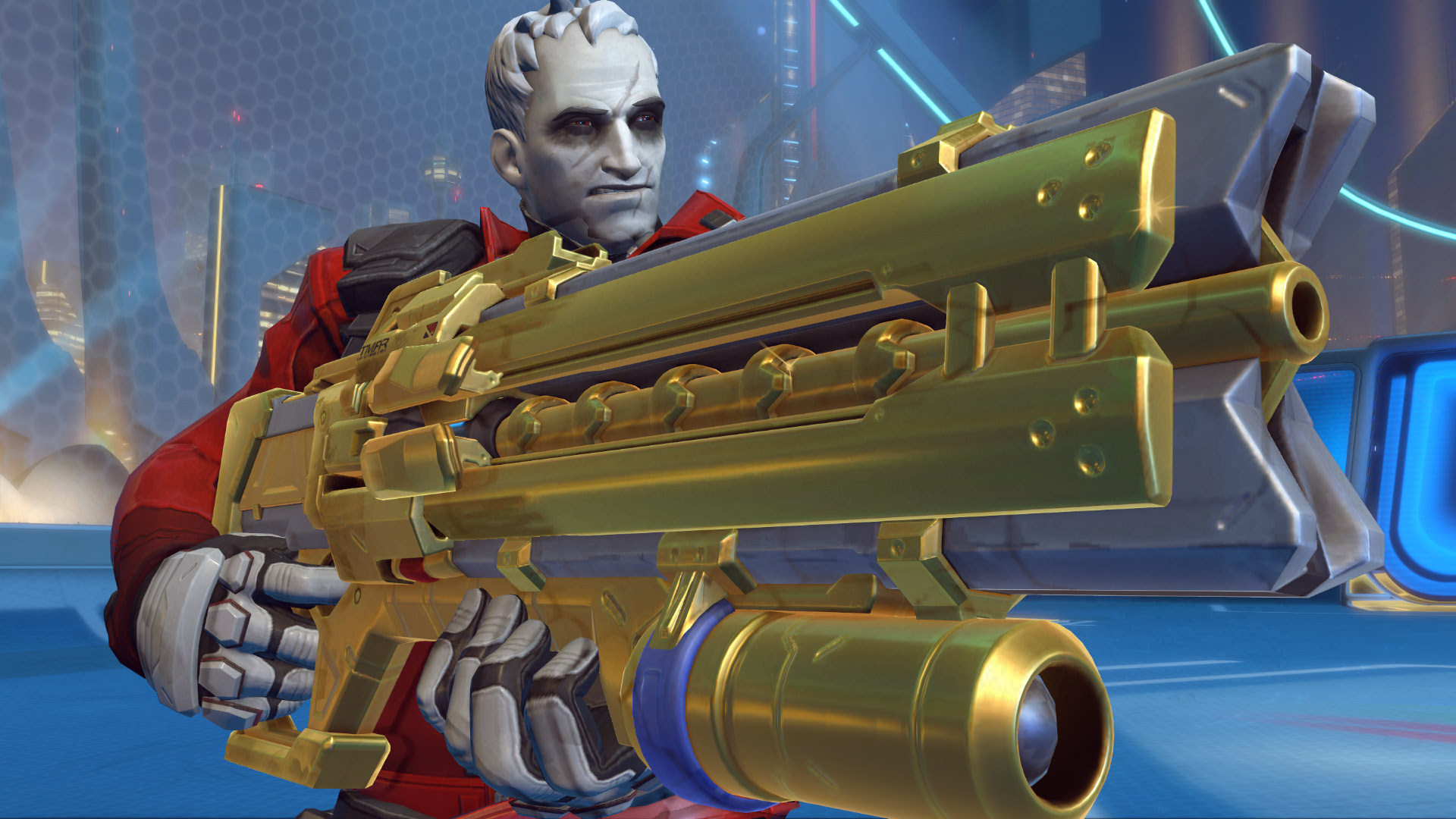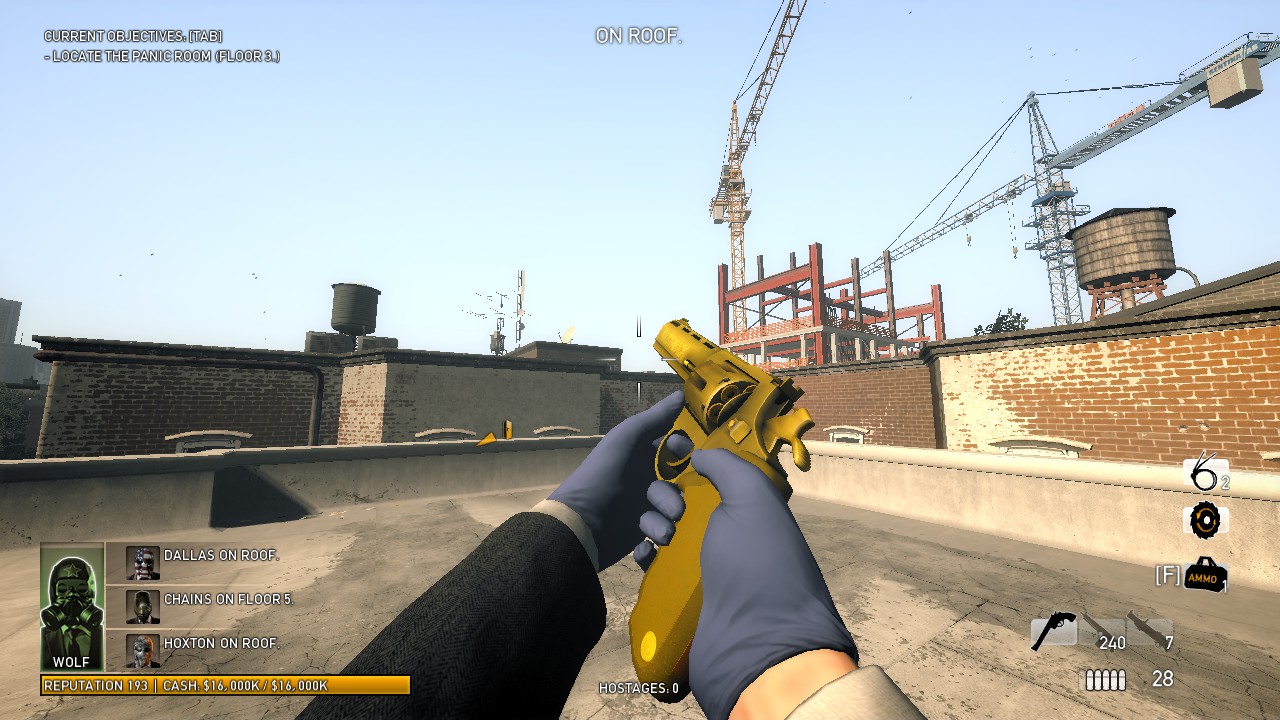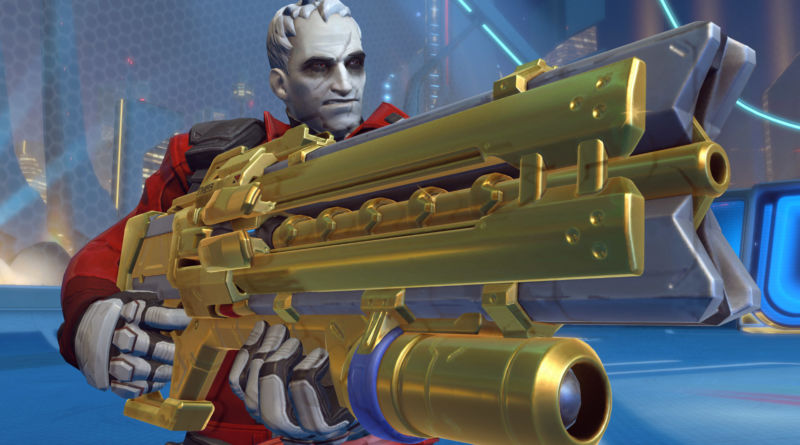On Gold Weapons
Humans love to customize things. We want to leave our mark on the items that mean the most to us, and as a warrior culture we especially love to own weapons that have unique, stylized decals. In the programmed world of video games, where one need not worry about firearm maintenance or practicality, the sky is the limit for how many ways we can customize our guns. So why do so many developers immediately go for golden guns?

When available (and they seem to be available in almost every game with weapon skins), a golden reskin will almost always have some sort of prestige, rarity, or exclusivity associated with them. In Far Cry 2, the Golden AK is a rare gun that degrades slower than the normal version. In Max Payne 3, each level has three golden pieces of a firearm scattered throughout, and collecting them lets you wield a golden version of that gun that deals 10% more damage. In Borderlands 2, Knoxx’s Gold pistol is a rare drop from the namesake general that has above-average stats and resells for a huge amount of money. It’s not too difficult to guess why developers love treating gold weapons as special; gold is the universal currency, a glittering metal that every culture in history treated with reverence, and gamers are no exception.

Other times, developers use golden guns as an award for the player’s accomplishments, often by securing a certain number of kills with the base firearm. Throughout the Call of Duty franchise, the gold camouflage is unlocked by finishing all challenges with a specific weapon. In Saints Row, a golden Desert Eagle replaces the normal version if you kill every bounty target in the Airport district. In Overwatch, gold weapon skins are unlocked through competitive points, only obtainable by winning games in the highest-stakes bracket of matchmaking. In the “Arms Race” game mode in Counter-Strike:Global Offensive, any player within one kill of victory must wield only a golden knife. In addition to the prestige that comes with ‘earning’ a gold weapon in this matter, these gilded prizes also subtly nerf the player by broadcasting their proficiency with their loadout and the game in question. A gold gun rarely blends into an environment, and equipping one gives any opponents an important warning sign that will help counter-act your skill.
Gold weapon skins can also celebrate a notable event either for the developers, the game’s community, or in the game itself. In Payday 2, the golden AK-762 was the very first blinged-out gun, added to the game to celebrate 50,000 subscribers to the official Steam group. Due to being a unique weapon, it stands apart from all the texture swaps you could later get from safes. In Depth, the Dragon Dance event let you earn exclusive points to eventually unlock a playable gold shark. Many times, this ‘notable event’ is preordering the game; that’s how you initially earned gold weapon skins in Gears of War 2, Syndicate, and Red Dead Redemption.

Of course, in some games the developers go for broke and treat gold weapons as RNG rewards which represent the “top tier” of rarity. In Killing Floor 2, ‘precious‘ weapons are the least likely rewards to come popping out of a crate. In Team Fortress 2, Australium weapons are the ultimate goal of any MVM veteran running through hundreds of tours. I don’t think it’s a coincidence that these two sets of gold weapons are also the laziest of the bunch, looking pretty much like someone deleted the texture file and replaced it with a yellow square. When there’s nothing separating the player from his gold bling except real-world money, the devs might as well just dash them out because interested customers aren’t going to care. They’re more interested in just having one, no matter what it looks like.

And if you happen to be playing a game that doesn’t have gold weapons in any way, you can rest assured there’s almost certainly a mod out there to fix that problem. This trend isn’t going anywhere soon, it’s proven to be stunningly effective. While a gold gun might be rare within any specific game, it will always have good company among the industry as a whole.
This article is part of my “On Shooters” series, where I compare multiple games by focusing on a specific game mechanic or developer objective. To read the rest, click here!
